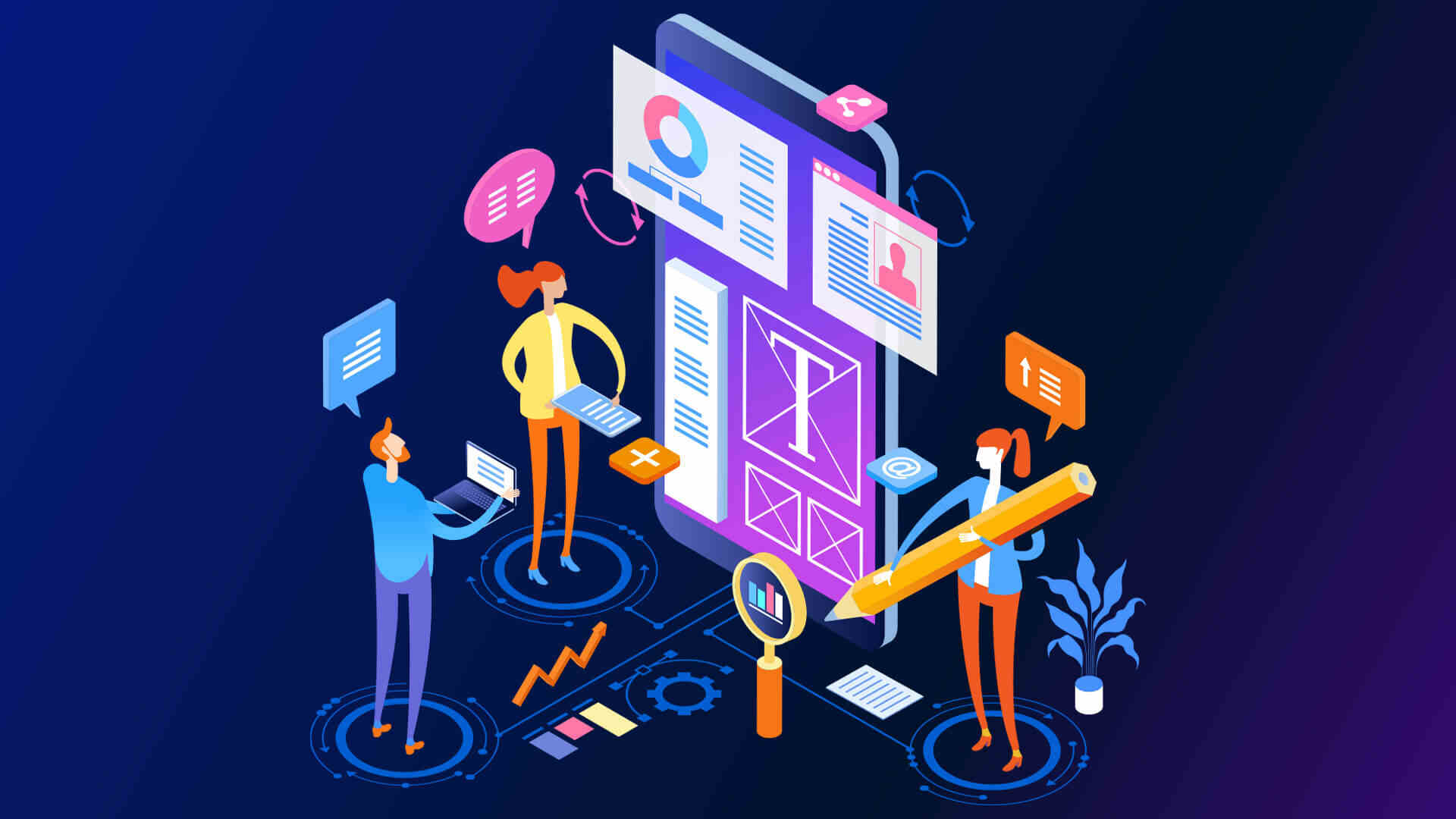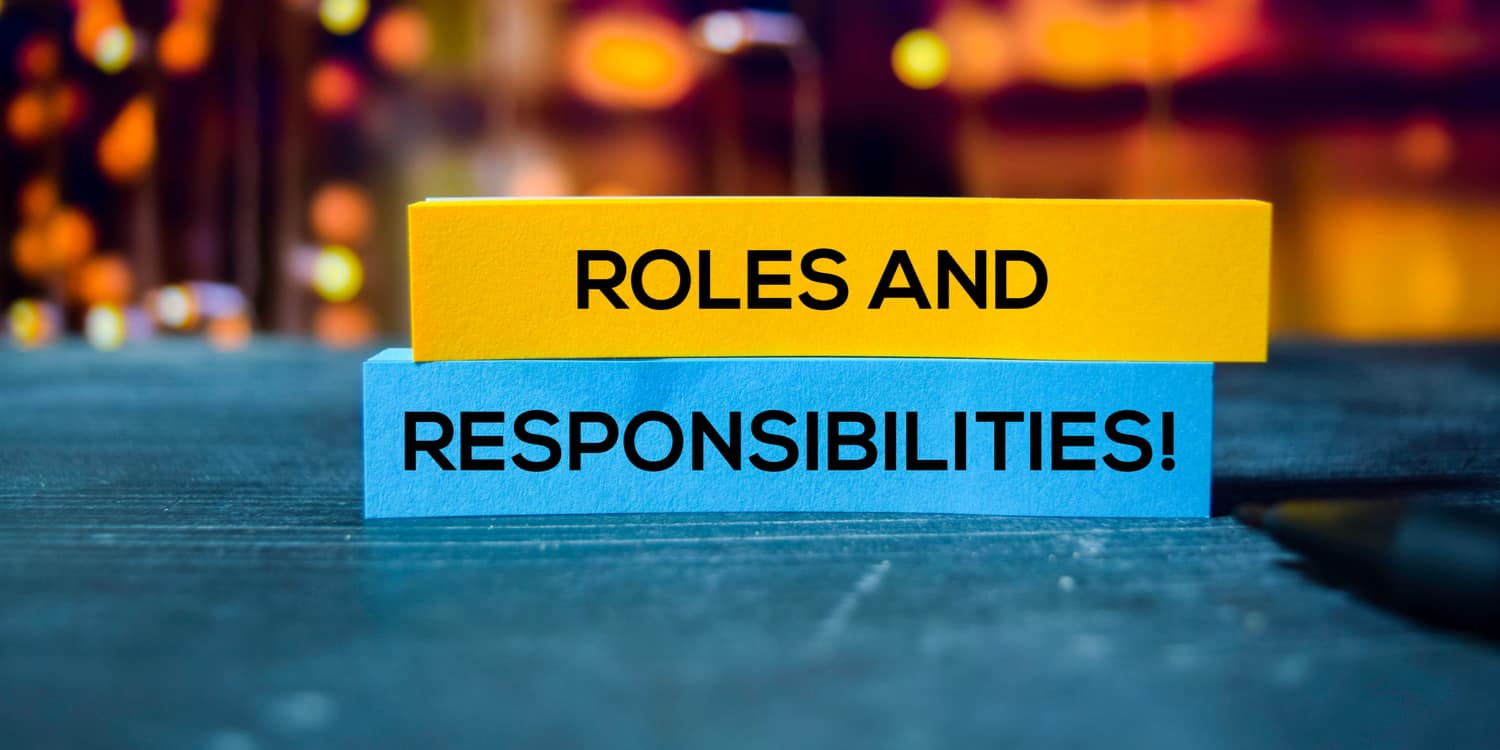React JS Training Course
- 23k Enrolled Learners
- Weekend
- Live Class
Imagine a realm where beauty and usability merge effortlessly, and each digital encounter is a source of joy. Step into the mesmerizing world of UI/UX development, a journey that blends your creative intuition with technical mastery to fashion digital experiences that deeply connect with users.In this voyage, you become the architect of digital landscapes, orchestrating the visual symphony that users traverse. As a UI/UX designer, you’re more than a coder; you’re a storyteller, crafting narratives through design that evoke emotions, enhance usability, and elevate the way people interact with technology.


In today’s digital landscape, where our lives are intricately woven with technology, the role of User Interface (UI) and User Experience (UX) designers has risen to paramount importance. These designers are the architects behind the captivating interfaces we interact with on websites, apps, and various digital platforms. But what exactly is UI/UX design, and why is it so crucial?
UI design, short for User Interface design, is the art of creating visually appealing and intuitive interfaces that users interact with. It involves crafting elements such as buttons, icons, typography, color schemes, and layout arrangements to ensure that the design is not only aesthetically pleasing but also functional. A well-executed UI design enhances the user’s first impression, making navigation seamless and interactions delightful.
Delving into UX Design
On the other hand, User Experience (UX) design revolves around the overall experience a user has while interacting with a product or service. It’s a holistic approach that considers not only the visual aspect but also the emotions, behaviors, and goals of users. UX designers focus on creating meaningful, user-centered experiences that fulfill user needs and provide value. They map out user journeys, design intuitive workflows, and ensure that the digital interactions align with user expectations.
UI and UX design are intrinsically interconnected, working together to create a harmonious digital environment. A visually stunning UI can lose its charm if the UX doesn’t meet user needs, just as a seamless UX can be hindered by a poorly designed UI. Achieving a balance between both elements is key to crafting exceptional digital experiences that captivate and retain users.
To know more in details on how to become a UI UX Designer , you can check out this amazing video.
Understanding UI and UX
UI (User Interface) and UX (User Experience). These terms are more than just buzzwords; they represent the core pillars of creating compelling and user-centric digital experiences. Let’s dive into the world of UI and UX to uncover their significance and how they collaborate to shape our interactions with technology.
UI: Navigating the Visual Landscape
User Interface (UI) design deals with the visual elements of a digital interface. Think of it as the artistic layer that users directly interact with. UI designers meticulously craft the buttons, icons, color schemes, typography, and overall layout of a website or application. Their mission is to create an aesthetically pleasing and coherent design that not only captures attention but also guides users through a seamless journey.
UX: Beyond the Surface
User Experience (UX) design extends beyond what meets the eye. It’s the holistic approach to designing digital interactions that prioritize user satisfaction and fulfill their needs. UX designers delve into the psychology of user behavior, understanding their motivations, frustrations, and expectations. This knowledge drives the creation of intuitive workflows, efficient navigation paths, and meaningful content placement. In essence, UX design focuses on ensuring that every interaction with a digital product is valuable, enjoyable, and aligned with user goals.
The Intersection: Where UI and UX Converge
UI and UX are like two sides of the same coin – inherently connected yet distinct in their functions. The visual appeal of a user interface, designed by UI experts, is enhanced by the seamless user journeys crafted by UX specialists. While UI designers focus on the look and feel, UX designers concentrate on the feel and functionality. Together, they form a symbiotic relationship that transforms concepts into tangible, user-centered digital experiences.
 In the ever-evolving landscape of digital design, UI UX designers stand at the forefront of creating seamless and engaging user interactions. Their roles and responsibilities extend beyond aesthetics, delving into the realm of user psychology, functionality, and innovation. Let’s explore the multifaceted world of UI/UX designers and the crucial roles they play in shaping the digital experiences we encounter.
In the ever-evolving landscape of digital design, UI UX designers stand at the forefront of creating seamless and engaging user interactions. Their roles and responsibilities extend beyond aesthetics, delving into the realm of user psychology, functionality, and innovation. Let’s explore the multifaceted world of UI/UX designers and the crucial roles they play in shaping the digital experiences we encounter.
Defining the Roles
Responsibilities in Harmony
Significance of UI UX in Design:

The importance of User Interface (UI) and User Experience (UX) design cannot be overstated. These twin pillars are the bedrock upon which captivating digital interactions are built. Let’s delve into the profound significance of UI/UX in design and its far-reaching impact on user engagement, satisfaction, and the success of digital products.
Creating Lasting First Impressions
UI/UX design forms the face of digital products. It’s the initial encounter users have with an application or website. A well-crafted UI design captures attention, making a memorable first impression. UX design ensures that users enjoy a smooth and meaningful interaction from the very start, setting the stage for a positive overall experience.
Enhancing User Engagement
UI/UX designers weave a tapestry of elements that not only look appealing but also encourage user engagement. Visual aesthetics, intuitive navigation, and interactive components keep users engrossed and motivated to explore further. A well-designed interface promotes longer user interactions and increased retention rates, as users find value and satisfaction in their experiences.
User-Centric Approach
UI/UX design places users at the heart of the creative process. By empathizing with user needs and behaviors, designers craft interfaces that resonate with users on a personal level. UX research uncovers pain points and preferences, leading to designs that solve real problems and enhance usability. This user-centered approach creates products that genuinely cater to user expectations.
Fostering Positive Emotions
Good design elicits emotions, and UI/UX designers understand this psychology well. Colors, typography, and layout choices evoke feelings that influence users’ perceptions and interactions. A thoughtfully designed interface can spark joy, comfort, or excitement, establishing an emotional connection between users and the product.
Optimizing User Flow
Seamless navigation is a hallmark of effective UI/UX design. Clear pathways guide users through tasks, making their journey efficient and frustration-free. UX designers meticulously map out user flows, ensuring that every interaction is intuitive, logical, and aligned with users’ goals.
Driving Business Success
UI/UX design is not only about user satisfaction; it also impacts business outcomes. Satisfied users are more likely to become loyal customers, refer others, and engage in positive word-of-mouth marketing. Exceptional UI/UX design contributes to improved conversion rates, reduced bounce rates, and increased customer loyalty, all of which directly influence a company’s bottom line.
Becoming a proficient UI/UX designer requires a diverse set of skills that blend creativity, technical expertise, and a deep understanding of user behavior. Here’s a breakdown of the key skills you need to master in order to excel in this dynamic field:
4.Design Tools:
7.Responsive Design:

In the intricate realm of digital design, User Interface (UI) and User Experience (UX) stand as two pillars, each with its own set of responsibilities that intricately weave into the fabric of creating exceptional user interactions. UI, often regarded as the visual facet, focuses on the tangible elements users see and engage with on the screen. It involves crafting the layout, selecting colors, typography, and designing interactive components such as buttons and icons. UI designers aim to create an aesthetically pleasing, visually coherent, and brand-aligned interface that captivates users from the moment they engage.
On the other hand, UX delves into the entirety of the user journey, encompassing every touchpoint and emotion a user experiences. It’s the art of understanding users’ needs, behaviors, and motivations through rigorous research and empathetic exploration. UX designers work on information architecture, organizing content for intuitive navigation, and designing user flows that lead to seamless interactions. Wireframing and prototyping come into play to visualize and test concepts, ensuring that the pathways users traverse are logical and efficient. Usability testing becomes a compass, guiding refinements based on real-world user feedback, and ensuring the product resonates emotionally.
The harmony between UI and UX is where the magic truly happens. While UI focuses on the aesthetics and visual allure, UX digs deep into the psychology of users, transforming interactions into meaningful experiences. This collaboration creates a symphony of design that doesn’t just captivate through visuals but engages users on an intellectual and emotional level. By understanding the distinct roles of these two and the way they intertwine, designers wield the power to craft digital experiences that are not only visually stunning but also functionally seamless, emotionally resonant, and profoundly user-centered.

In the rapidly evolving digital world, the demand for skilled UI/UX designers has surged, reflecting the pivotal role they play in shaping user experiences and driving business success. The realm of design offers a diverse array of job opportunities and a promising career trajectory for those who possess the right skills and passion. Let’s explore the expansive landscape of job roles and the potential for growth in the dynamic field of UI/UX design.
Diverse Job Roles
The field of UI UX design boasts a spectrum of roles, each catering to different aspects of the design process and user interactions:
Emerging Fields and Industries
UI UX designers are not confined to a single industry. From technology and e-commerce to healthcare, finance, and beyond, every sector recognizes the value of creating user-centered digital experiences. Moreover, the rise of wearable technology, Internet of Things (IoT), and virtual reality has opened up new frontiers for designers to explore and innovate.
Freelancing and Entrepreneurship
Many UI UX designers choose to freelance, offering their expertise to a diverse range of clients. This path grants creative freedom, flexibility, and the opportunity to work on various projects. Additionally, entrepreneurial spirits often venture into launching their startups or collaborating with developers to bring their own digital products to life.
Career Growth and Advancement
The UI/UX design field offers substantial room for career growth:
UI/UX Designer Salary:
The compensation for UI/UX designers varies based on factors such as location, experience, industry, and the specific responsibilities of the role. Designers skilled in creating user-centric digital experiences are highly sought after, and their salaries reflect the value they bring to businesses. Let’s delve into the average salary ranges for these designers and the factors that influence their earnings.
Average Salary Ranges
The salary of a UI/UX designer can range significantly depending on several factors:
Average Salary Figures:
While salaries can vary greatly, here are approximate average salary figures for UI/UX designers across different experience levels in the Countries:
It’s important to note that these figures are approximate and can change based on the factors mentioned earlier.
And with that, our journey concludes – just as a UI/UX designer fuses aesthetics and functionality into captivating digital experiences. As you step into this world, remember: your canvas is a blend of empathy and innovation, shaping interactions that resonate.
UI and UX are complementary aspects of design, working together to create digital experiences that captivate, engage, and fulfill user needs. UI addresses the visual aesthetics and presentation, while UX ensures the usability, satisfaction, and emotional resonance of the overall user journey. By mastering both UI and UX principles, designers can craft digital products that offer a perfect blend of visual appeal, functionality, and user-centered experiences.
Should you have any inquiries or require additional guidance on UI/UX design, please don’t hesitate to reach out. We are here to support you on your creative journey, providing insights and assistance to help you harness the full potential of design principles and user-centric innovation.
To continue enhancing your skills in UI UX and expand your knowledge further, we recommend exploring the UI UX Design Certification Course by Edureka, a trusted online learning company with a network of more than 250,000 satisfied learners spread across the globe.This course will help you to develop proficiency in conducting user research, developing wireframes and prototypes, designing visual interfaces, running usability tests, creating interactive prototypes with InVision, and designing apps with tools like Figma, Sketch, Balsamiq, etc. Upskill yourself with our hands-on demos, real world use cases, and projects to work your way to the top of this domain.
Thank you for joining us on this illuminating journey. Happy designing!
 Thank you for registering Join Edureka Meetup community for 100+ Free Webinars each month JOIN MEETUP GROUP
Thank you for registering Join Edureka Meetup community for 100+ Free Webinars each month JOIN MEETUP GROUPedureka.co